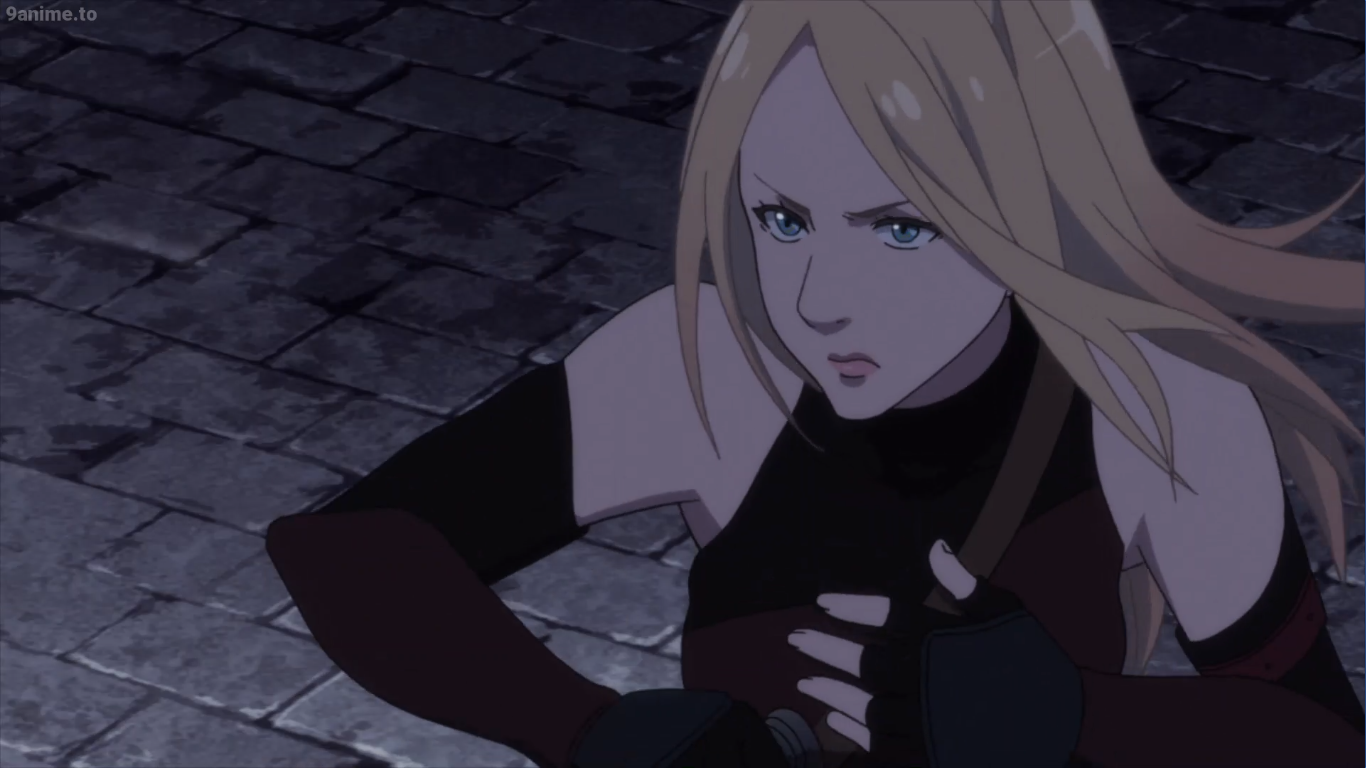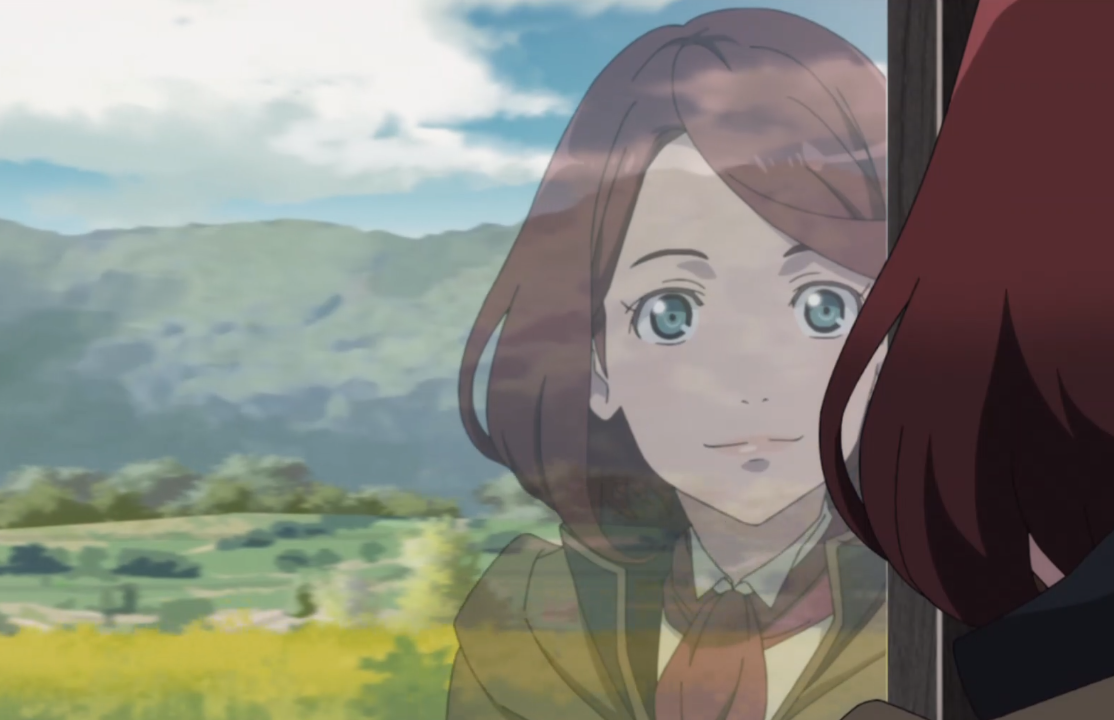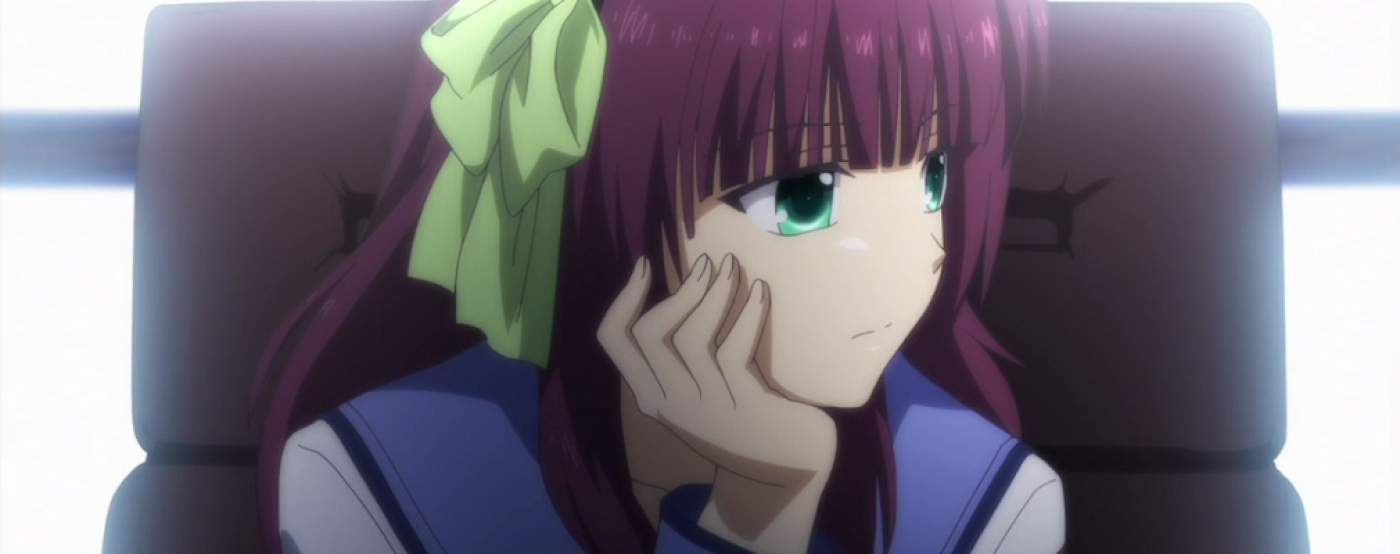I started watching Fairy Gone shortly after episode 9 aired, and I enjoyed it immensely. It was also fun watching the last 3 episodes as they came out. Now that the 12-episode first season is complete, I decided to write some reviews on the episodes. There will be four posts of this type covering 3 episodes each. They will be published in place of my evening posts of the 30 Day Anime Challenge, which I completed. Hopefully, all four will be published between June 29th and July 8th. I can’t wait for season 2 to start in the Fall!

Synopsis of Events
In the year 505, Marlya has joined the mafia group known as Gui Carlin, and her first job is to work with a man named Free as part of security for an underground mafia auction. She joined the mafia because she hoped to find her lost friend Veronica that way. Working for another mafia group called Arcame, Veronica shows up and steals an auction item called the Black Fairy Tome. Free tries to apprehend her, but Marlya keeps stopping him and calling out to Veronica, who recognizes her, but insists that by now she is a different person.

During the fight at the auction, two primordial fairies are set free. Not wanting them to get killed in the crossfire, Marlya reaches out to one of them, trying to save it. The Fairy, Ash Clad, directly possesses Marlya—or forms a bond with her and lives within her. This shouldn’t be possible without transplant of the fairy organ, but it happens. Marlya becomes a Fairy Soldier. Ash Clad stops the Fairies of Veronica and Free from fighting. Veronica flees.
Free invites Marlya to join Dorothea, the government agency in charge of policing Fairy Soldiers, Fairy Weapons, and Artificial Fairies. He only infiltrated the Gui Carlin group to try to get to the Fairy Tome. Marlya joins, but her real mission is to find and talk to Veronica. Free reported everything Commander Auler of Dorothea, and then went off on a mission with Marlya and others to apprehend criminals illegally possessing artificial fairies. Wolfran, an old friend of Free in the war, acquired artificial fairies by cutting a deal with an employee of the factory in Timoon. Marlya and Free meet up with two other Dorothea members and Fairy users, Serge and Klara.

Free is shocked that the person they’ve come to arrest or fight is Wolfran, his friend from war times. There’s a long scuffle between Wolfran’s group and Free’s, involving awesome action sequences. In the end, three artificial fairies are destroyed, but Wolfran gets away. In episode 3, he meets with Beevee Liscar, a gang leader who used to be a colonel. Wolfran sells him a bunch of artificial Fairies. By the time Free and company gets there, the old factory is empty. Dorothea’s next mission is to meet with the Vice Minister of the Ministry of Fairies, who tells them to visit and monitor Cain Distarol. Cain supposedly acquired the Black Fairy Tome, an ancient text which the Ministry seeks to recover.
Marlya and Free meet Bitter Sweet, a member of the Gui Carlin mafia, outside Cain’s house. She is also trying to get her hands on the Black Tome. In addition, Axel of Arcame is out to steal it. While the others are drinking with Cain, Axel obtains the Black Fairy Tome but is shot by Sweet. Then Sweet and Free fight over the Black Tome, with Marlya helping. When Sweetie summons her Fairy, Marlya shoots it, and it immediately comes after her, causing damage to her arms and hands. With the victor of the conflict still undecided, the episode draws to a suspenseful close.

Story Quality of These Episodes
There are a lot of complaints about the narrative quality of Fairy Gone, and some of them are valid, but what a lot of them boil down to is that the plot doesn’t go the way people wanted or expected it to go. Or there are even more unreasonable complaints. Fairy Gone is unpopular, and some have outright said in comments they hate it because it has a female main character. For me, though, that’s just another reason to like it even more.
Some people complain there are too many flashbacks, but I think in most cases in episodes 1-3, flashbacks were a perfectly appropriate way to tell us more about the characters. I didn’t see anything wrong with the world-building; in fact, I thought it was excellently done. Though, sure, every anime has at least a little bit of just plain old exposition. The pacing was great for me, and there was usually some good action in each episode. In episodes 1-3, the storytelling quality was great. Needless to say, the story concept of Imaginal Fairies and Fairy Soldiers is also wonderful and fascinating.

Thoughts on the Characters
So far, I like all the characters– even Sweetie. She’s a dogs of the mafia, but she’s strong-willed, skilled in a fight, good at handling men, and also, apparently, a Fairy user.
Anyway, every character has an interesting concept. Wolfran is the bitter, yet cool-headed rebel, plotting rebellion from the shadows along with Beevee Liscar. Free is the well-adjusted and good-hearted former soldier who is working for the government he once opposed. His survivor’s guilt because of losing his friend Jet, and his remorse for being involved in so much “foolish killing,” make him a sympathetic character. He has a sense of humor, and doesn’t take himself or others too seriously, except where work or duty are concerned.

Marlya is just all around awesome. She doesn’t know a lot about the world, but she’s eager to learn. She is a gifted marksman with rifles, and she can use a Fairy without underdoing an operation like the older Fairy Soldiers. Generally, Marlya is cheery and open-minded. She’s a little reckless, but what anime hero isn’t? Though she wants to find Veronica as soon as possible, Marlya still cooperates with missions and works well with others from Dorothea, suggesting a sense of duty. She’s fiesty and strong, but human, with all the classic human vulnerablities. It’s great to have a female lead in an action show.
Notes on Visuals and Audio

Personally, I love the visuals. Every fight or action scene was a blast for me. The character designs are good, too. I don’t mind the CGI for the Fairies. I’ll even say it impresses me. The sound is top-notch. Seiyuu like Yoshimasa Hosoya (Wolfran), Kana Ichinose (Marlya), and Tomoaki Maeno (Free) have my utmost admiration. The instrumental music and the upbeat insert songs are treats for the ears. Opening song “Knock on the Core” is great both visually and in terms of sounding great. I adore the outro song, “Ash-like Snow.” It’s one of my favorite EDs from the spring 2019 shows I’ve watched.
Overall Score for These Episodes: 8/10

My overall ratings come from taking the average of the numbers for each of these five categories: Story, Art, Sound, Characters, and Enjoyment. Here are the numbers for episodes 1-3. Story: 8/10, Excellent. Art: 8/10, Excellent. Sound: 8/10, Excellent. Characters: 7/10, Good. Personal Enjoyment: 9/10, Magnificent. The average is 8.0, so that means Fairy Gone is an 8/10 anime at this point. My ratings may change and shift for better or worse as I continue these reviews. Thank you so much for reading, and have a great day! Ja, ne!
